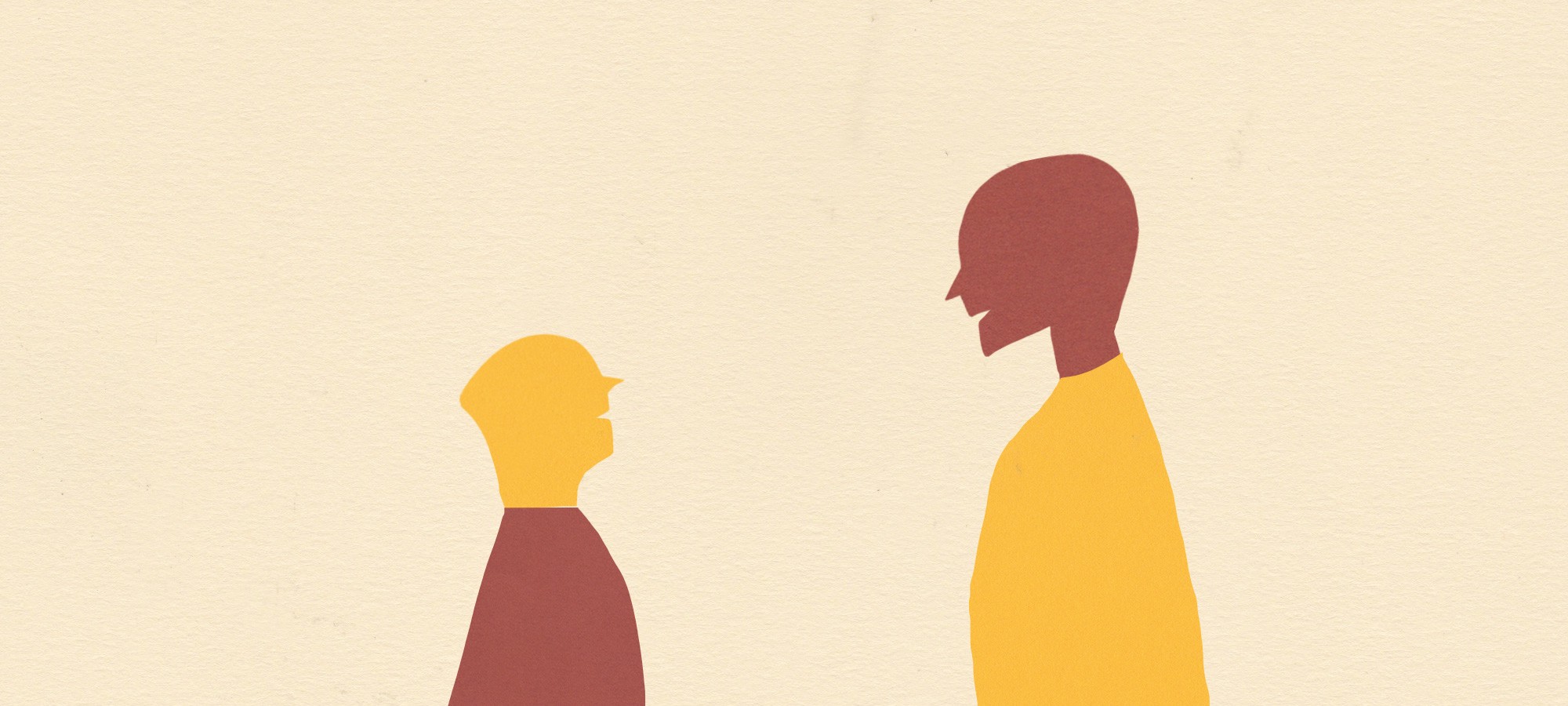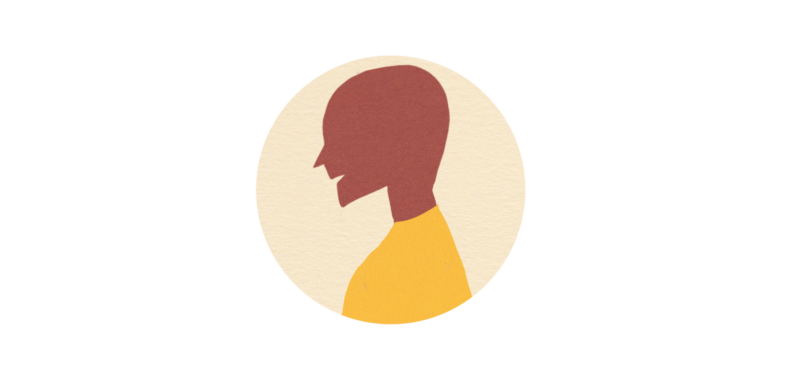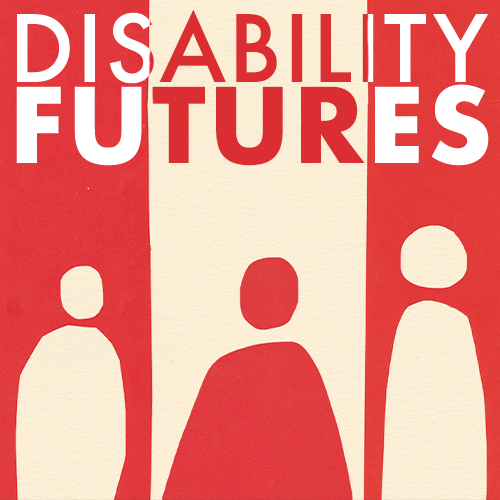

Read the next installment: “The Power of Finding a Disabled Community Online”
Read the previous installment: “Remaking the Ideal Teacher”

This spring, the ABC sitcom Speechless was released in the U.K. Much of the promotion surrounding its release focused on elements that made its initial U.S. debut, in 2016, and its continued success noteworthy: the show follows the humorous exploits of the DiMeo family, whose experiences highlight elements of class and disability in ways that are rarely–if ever–given attention in mainstream media.
The eldest child in the DiMeo family, JJ, has cerebral palsy and is nonverbal. He’s played by Micah Fowler, an actor who himself has CP. The combination of hiring disabled actors to play disabled characters and the insistence on situating the storylines firmly in the family comedy genre has earned the show a great deal of praise from both (disabled and nondisabled) audiences and critics.
On a broad level, Speechless depicts situations that more closely reflect the lived realities of disabled people and their families than we usually see on TV. But it also provides a surprising level of nuance when it comes to issues surrounding non-normative communication–communication that occurs through means other than standardized verbal speech. The show invites audiences to consider, potentially for the first time, their own assumptions about the relationship between speech and agency.
Part of the show’s initial premise is that the family moves to a wealthier community so that JJ will be able to attend a school with greater resources, specifically a personal aide who will voice for him–that is, verbalize JJ’s language as expressed through AAC (augmentative and alternative communication; specifically, a communication board he navigates with a laser pointer). As his mother, Maya (played by Minnie Driver), explains to her children in the pilot episode, “We’re moving because I found the perfect situation for your brother. It is a plain old class with a full-time aide. Someone who will be by your side, reading from your board wherever you go. A voice.”
Maya’s excitement about JJ’s “voice” emphasizes the symbolic weight placed upon that word in English. We use “voice” to signify both verbal utterances and personal expression. As philosopher Jonathan Rée observes, “voice” has also been used to refer to ‘spirituality,’ ‘identity,’ ‘conscience,’ ‘mentality,’ ‘interiority’ or ‘subjectivity.’” And that massive conceptual slippage between vocality and personhood leads to the dehumanization of those who do not–or cannot, or do not always–access that particular mode of communication.

Speechless makes it clear that Maya doesn’t believe her son lacks any of these things; JJ’s personhood is never in question. But the show does reflect her character’s awareness of how much of a difference access to communication that more closely matches standardized verbal speech can make, particularly in a society that fetishizes that standard.
And, as we are repeatedly reminded, the stakes of having one’s personhood recognized and respected can be incredibly high. In September, 2017, for instance, Magdiel Sanchez, a 35-year-old deaf and nonverbal man, was killed by police in his front yard when they interpreted his gestures and “failure” to respond in expected ways to their verbal commands as threatening.
In more everyday contexts, when people who aren’t familiar with AAC or interpreters are in the presence of deaf and disabled people, they often speak of them in the third person, addressing questions to the interpreters, aides, or devices–as if the disabled people aren’t present. Moving beyond the presumption that speech equals intelligence (or that intelligence equals personhood) continues to be difficult for people who are regularly not, by default, presumed to be competent.
Part of the work that Kenneth (played by Cedric Yarbrough), the aide that JJ ultimately selects to voice for him, does by translating JJ’s language into speech is to accommodate both other characters’ and the (hearing) audience’s desire to receive information through speech (rather than, say, by reading JJ’s board or captions on the TV or computer screen), an accommodation that makes it less likely that JJ will be dismissed.
But Kenneth’s centrality to the show’s storylines also foregrounds the relationships between individuals who communicate nonverbally and those who translate or interpret their communication into standardized speech. What does it mean to have one’s language–something erroneously but nevertheless frequently conflated with one’s agency–expressed through another person’s body? And, furthermore, through a person who may not share one’s race, gender presentation, age, education level, or disability status?
JJ is a white teenager; Kenneth is a black and not obviously disabled man. JJ’s choice of Kenneth–and his rejection of the white, older female aide initially selected by the school–suggests how important personality and compatibility are with voice selection. The characters’ interactions illustrate how elements other than semantic content shape how our language is received: there’s slippage between how people receive JJ’s words as expressed by Kenneth and JJ’s intended meanings. In addition, Kenneth’s own interpretation of JJ’s tone and emphasis can deviate from JJ’s intention. These moments are often played for laughs, but the show sensitively handles the often overlooked forms of human connection that can develop between people engaged in this shared work of communication.
In the first season, JJ explores the possibility of getting a more high-tech AAC that will speak for him without the intervention of a human aide. When a friend suggests that JJ “ditch Kenneth” and replace him with such a device, JJ responds, “I tried one years ago. I like this better.” Kenneth elaborates: “Yeah. He told me he likes the independence a device gives, but for him my human touch makes for easier connections.”

Those connections–and JJ’s sense that people around him will respond more positively if they can listen to his contributions to the conversation, rather than read them–are also familiar dynamics for deaf people working with signed language interpreters. JJ’s ultimate decision to continue working with Kenneth doesn’t come down to others’ perception of him, but rather to the value that both JJ and Kenneth place on their relationship. Despite common misperceptions, the benefits of these relationships are not unidirectional.
There are peculiar intimacies that emerge when one engages another human as a prosthetic voice. Kenneth has a deep knowledge of the ways that JJ communicates–how, for example, he shifts linguistic registers in different environments. And Kenneth’s own choices about tone and emphasis reveal information about his idiolect–the unique ways in which he uses language–as well as about his education, biases, preferences, and contextual understanding.
Similarly, when deaf signers are being voiced–having their signed languages interpreted into spoken language–they’re privy to information about their interpreters, like the level of fluency in both the target and interpreted language, the speakers’ understanding of subject matter, their educational background, their region of origin, and more. These choices offer insights into how the interpreter’s mind processes information.
This spoken language is, in some ways, the product of two minds–and bodies–working collaboratively: the content belongs to the disabled person, but the specific ways that it’s expressed come via the interpreter or aide. This language signifies in a different way than it would if it were produced by a single person.
Inhabiting that shared mental space can lead to profound shifts in how we think about the relationship between self and other. Rather than indicating a deficit, these moments represent one of the many rich forms of relation that emerge in disability spaces. In Speechless, the focus on these relationships serves as an important reminder of the vital ways in which disability invites us to reconsider how we relate to and with other people.

Read the next installment: “The Power of Finding a Disabled Community Online”
Read the previous installment: “Remaking the Ideal Teacher”

How We Get To Next was a magazine that explored the future of science, technology, and culture from 2014 to 2019. Disability Futures is a six-part series curated by Kenny Fries. We can’t think about the future–of health, of technology, of community–without centering disability.
